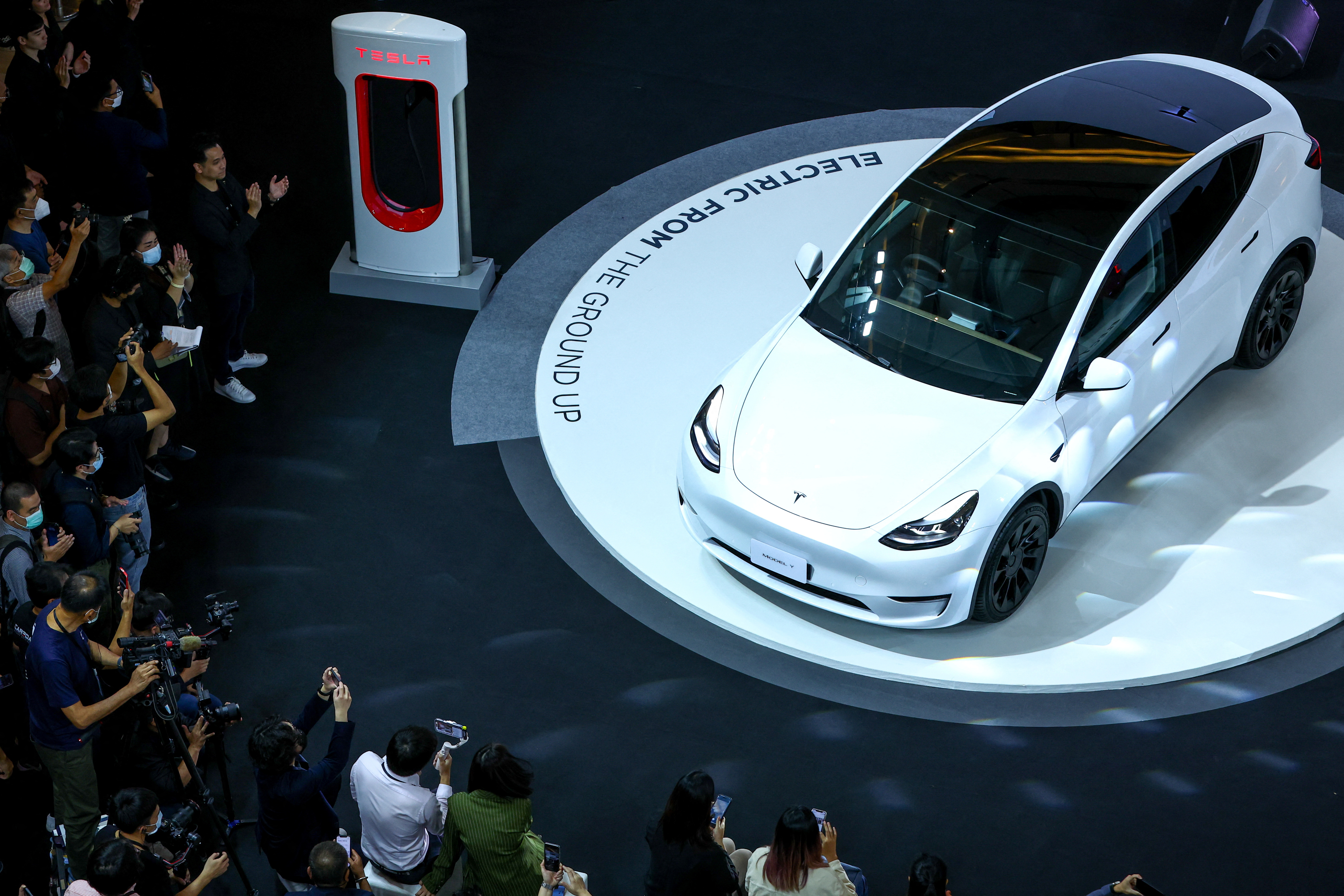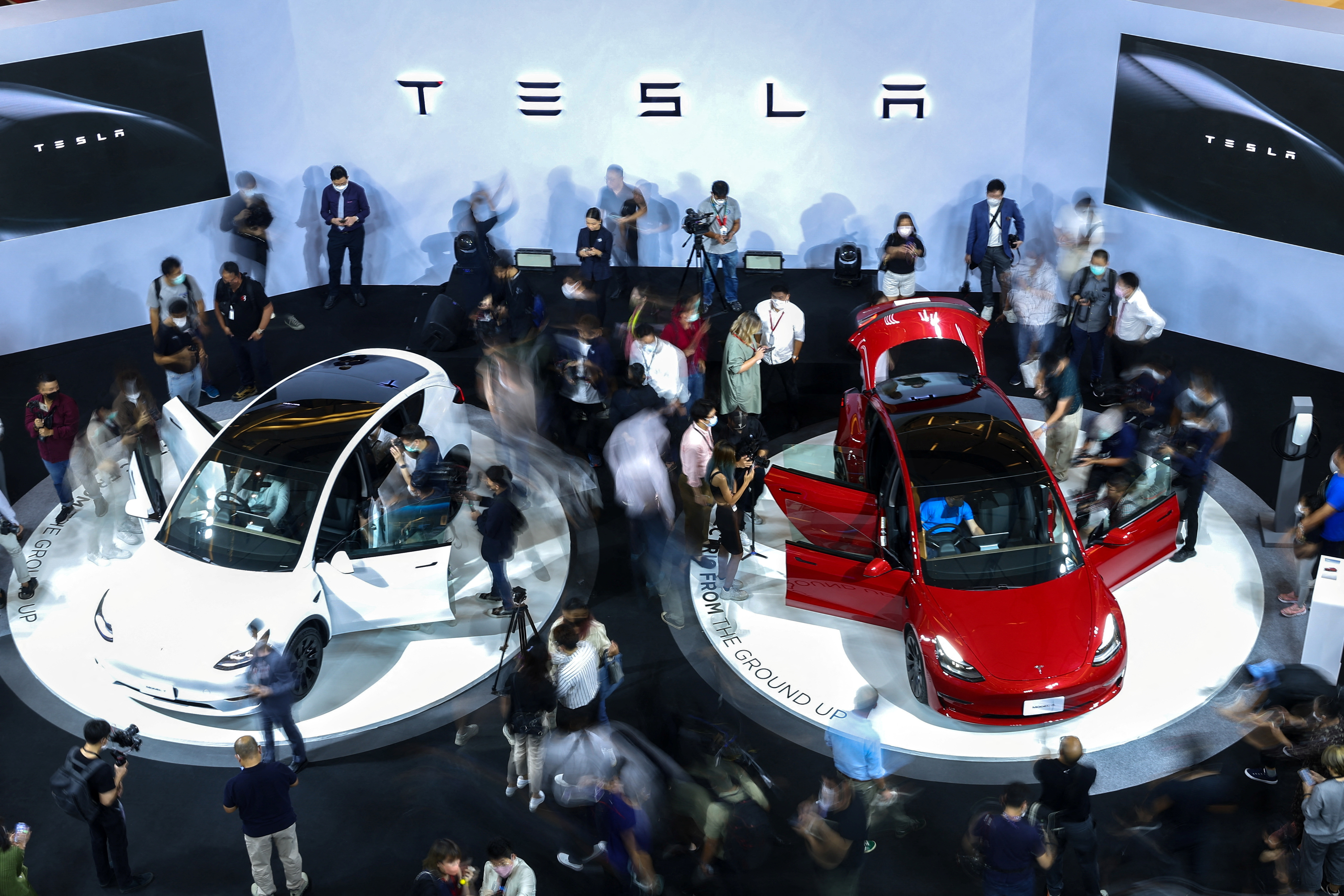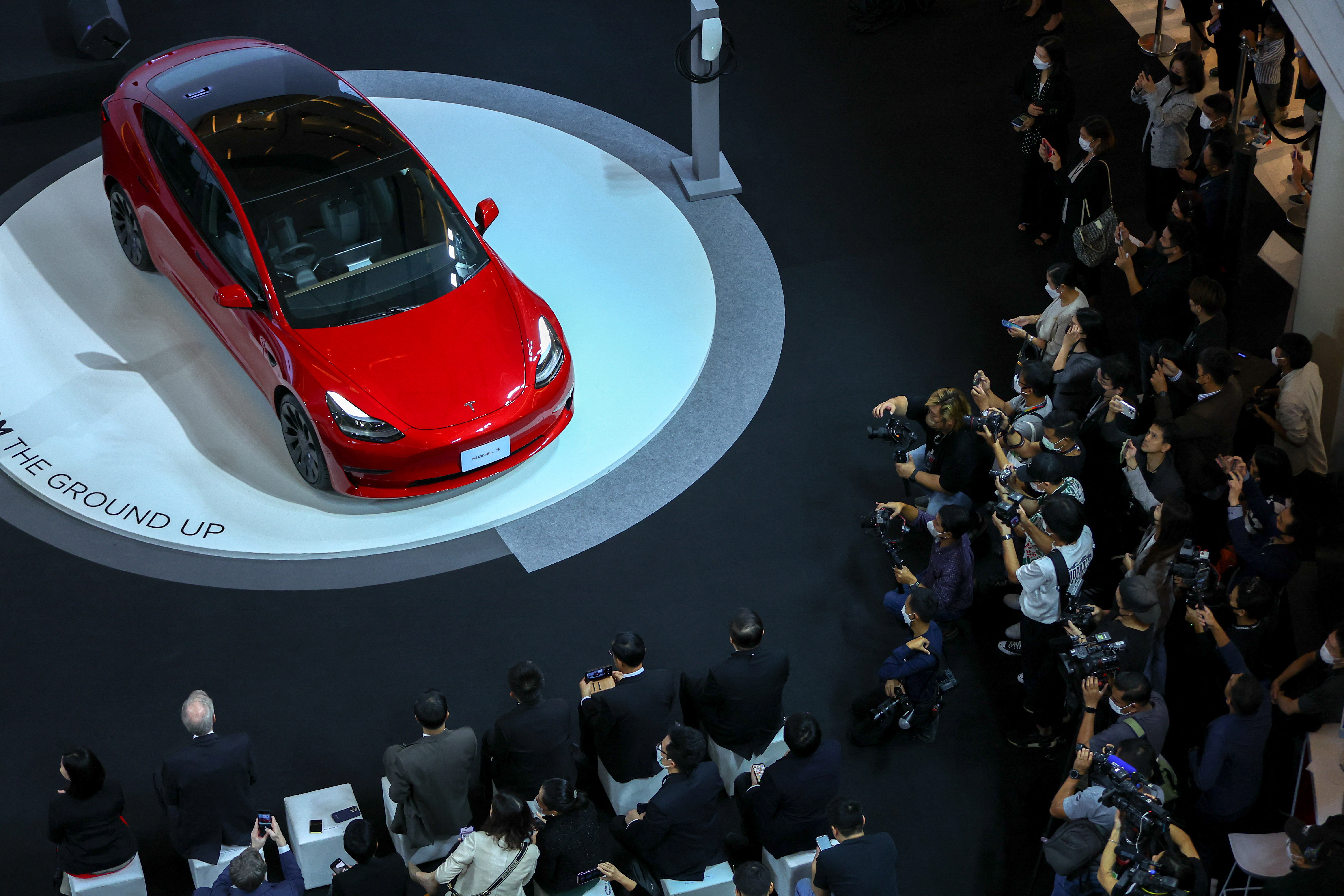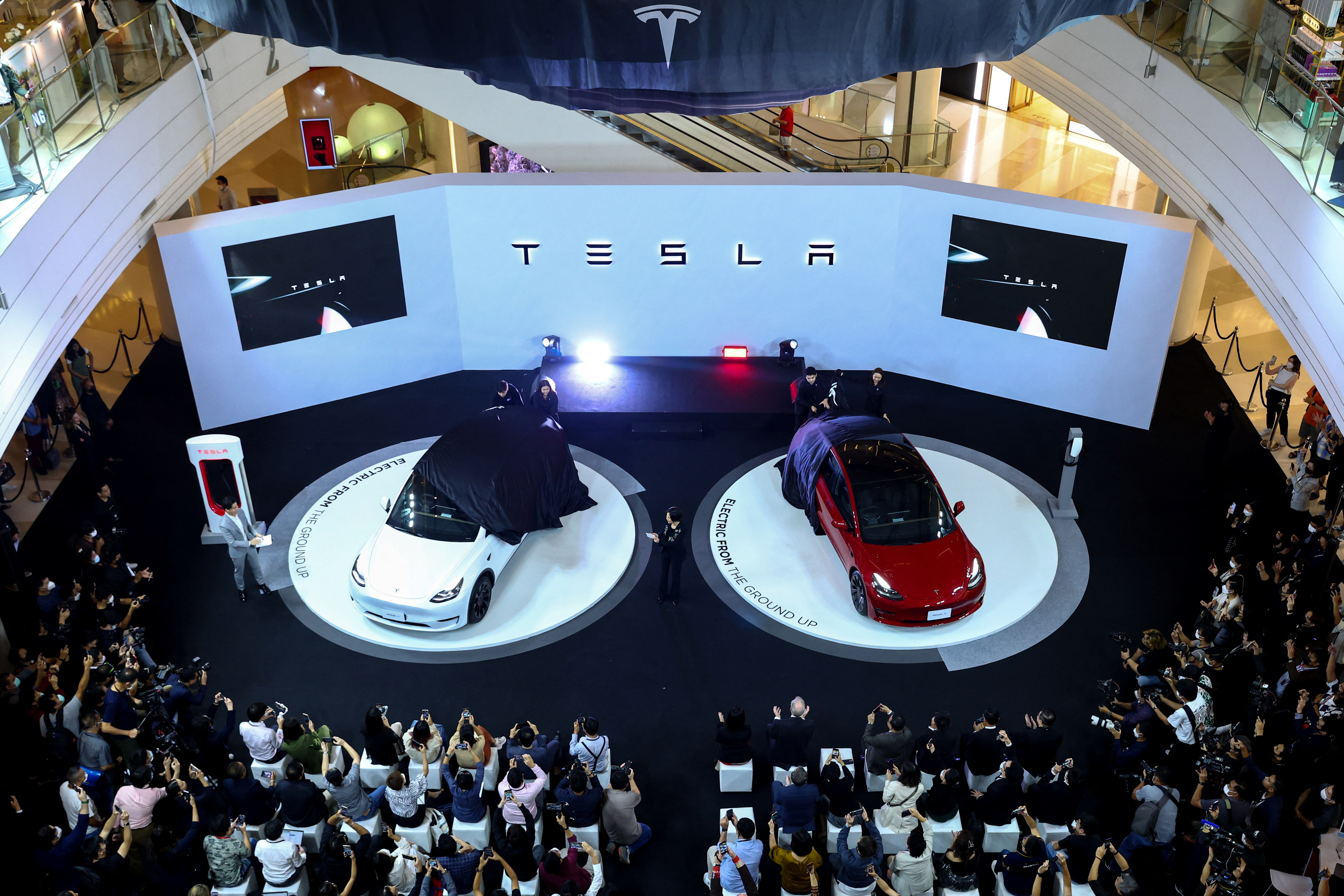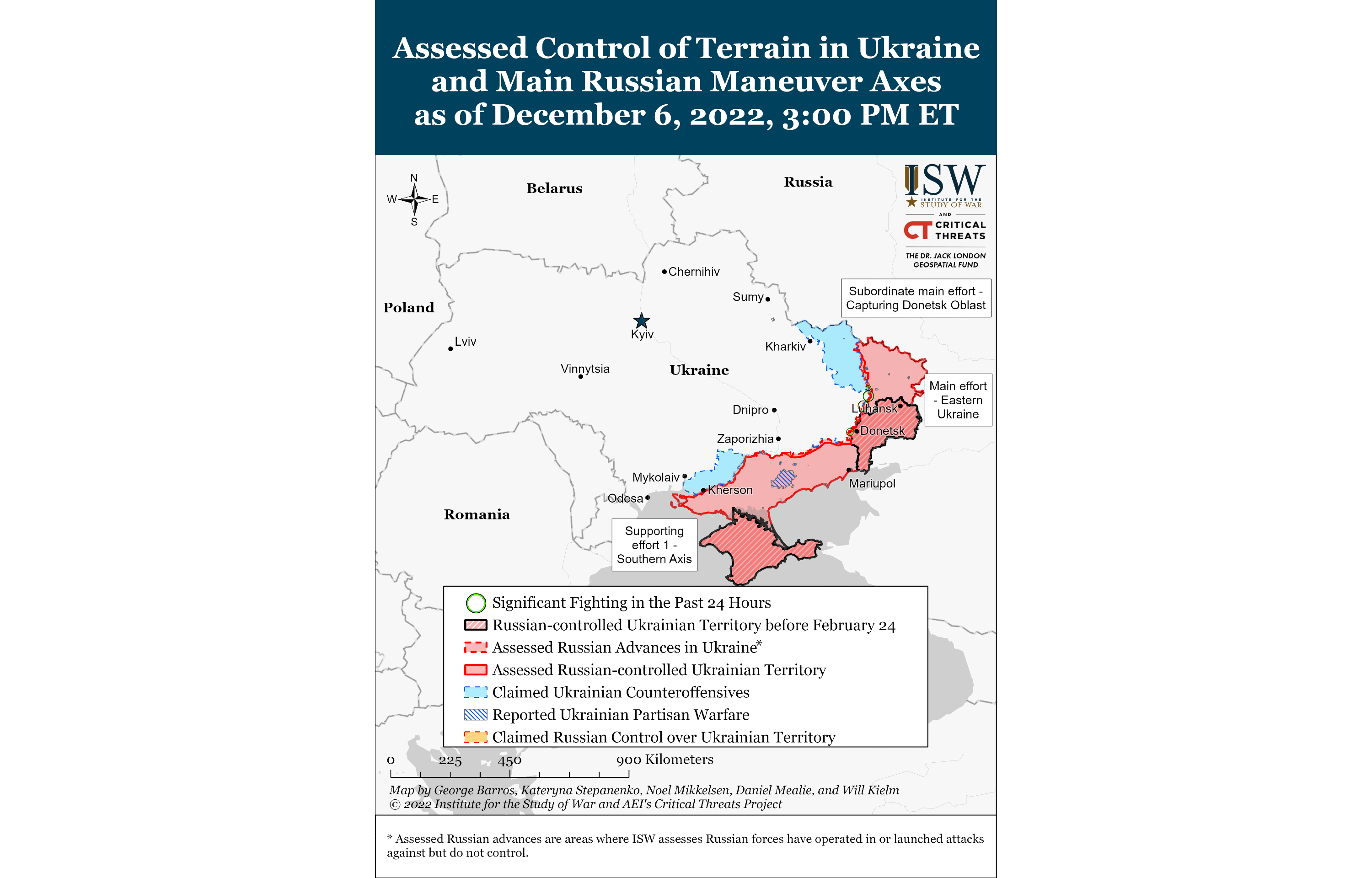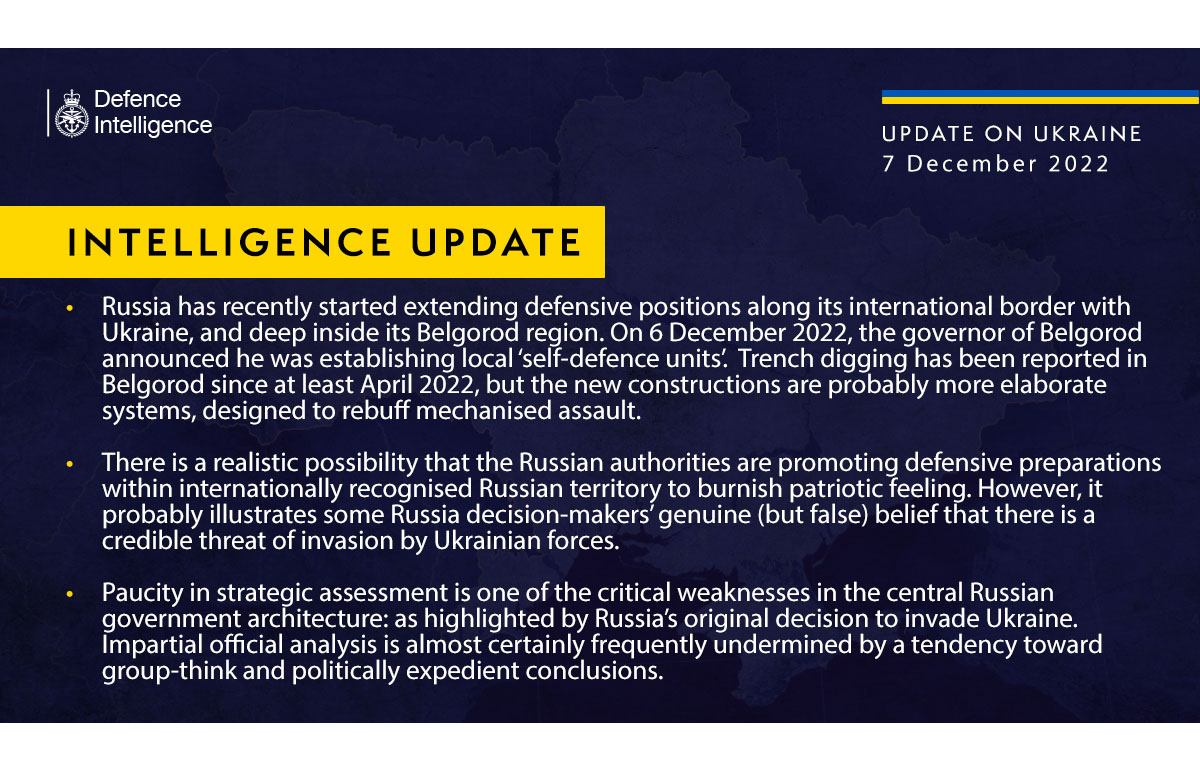2022-12-07T08:09:24Z
Thomas Barkin, Richmond Federal Reserve President, was poring over the latest inflation-related data one morning this June after breakfast with bank interns when he saw an alarming sign. Prices had surged in May, after a slight drop in April that had raised hopes that a recent uptick in inflation would be short lived.
Barkin said the data, which triggered a U.S. bond market sell-off, prompted him in a call with Federal Reserve chairman Jerome Powell to give his support for a bigger interest rate increase than the one the Fed had all but promised to announce days later. “Move as fast as possible without breaking things,” Barkin said in an interview last month of his message to Powell.
It was one of a flurry of conversations Powell had with Fed rate-setters in the wake of the data, according to his public calendar for that Friday and Monday, as the world’s most powerful central banker sought to end months of parrying over whether to take tougher action to tame inflation.
Within days, the Fed announced a larger-than-expected 75-basis point hike, its biggest single step in nearly 30 years and what was to become part of its steepest rise in interest rates since the 1980s. It was the cue for central banks around the world to join a reversal of decades of cheap-money policies that will impact the economic fortunes of people around the world.
Central bankers, who only a decade ago were feted for their part in rescuing the economy from the global financial crisis, now have their credibility on the line as they struggle to deal with inflation not seen for decades.
From Washington to Frankfurt to Wellington, their mantra is that further rate increases are needed even if – as Powell has publicly stated – that will mean “some pain.” Higher costs of borrowing weighs on home-owners and squeezes company margins.
And their job is expected to get tougher next year. The challenge: agreeing on how fast and how much further to go as economic pain worsens. Powell has already faced criticism from both sides of the U.S. Congress; monetary policy in Europe has been challenged by politicians including French President Emmanuel Macron, who has told central bankers to be “very careful”.
Powell, who declined to be interviewed for this story, has repeatedly stated in public he was anxious to avoid the mistake of central bankers in the 1970s by acting too slowly but also knew the credibility risk of surprising financial markets.
Before the prices data published in June, Fed officials had aired different views about how temporary the inflation spike would prove to be and what action was needed. The new numbers showed how deeply rooted it was and that the small hikes made till then were not working.
Explaining the June hike, Powell told reporters afterwards that only once or twice in his decade-long Fed career had such game-changing data dropped so close to a rates decision. To those who say he was too slow to act, he has acknowledged on several occasions with “hindsight” he would have acted sooner.
After years of tame inflation, Fed officials and other central bankers say they have faced a chain of disruptive events beyond their control ranging from the COVID-19 pandemic to the Ukraine war.
There was little precedent for how fast things moved from an era of weak price growth to a point “where policymakers really had to apply themselves to bring inflation down,” said Agustin Carstens, head of the Switzerland-based Bank of International Settlements, known as the central bank for central banks.
In the United States, signs that inflation was taking on new proportions started to appear last year, from labor shortages to supply shortfalls across a growing array of goods and services.
Richmond Fed’s Barkin told Reuters that he came back from a June 2021 visit to Charleston, South Carolina, puzzled by anecdotal evidence that many people were not returning to work. Parents, he said he noticed, were struggling to find day care.
David Altig, research director at the Atlanta Federal Reserve, said the consensus view during that period that the shortfalls in supply of goods and services would gradually ease was not being reflected in data and anecdotal evidence.
“It just wasn’t happening,” Altig said.
The Federal Reserve stuck to the view that the surge in inflation would subside as the pandemic-scarred economy returned to normal. “We continue to expect inflation to decline over the course of the year,” Powell said in January, as the U.S. central bank continued to hold rates near to zero.
The central bank began increasing rates in March but its officials remained divided over how much it needed to raise them until the consumer prices data published in June ended the debate.
The Fed’s shift to a more aggressive stance without spooking markets helped forge a majority for tougher action at the Frankfurt-based European Central Bank (ECB).
By early summer, a group of policy “hawks” was pushing the ECB to commit to more than just a token 25-basis-point rate rise and take a cue from the Fed, according to more than a dozen officials with direct knowledge of the discussions.
Concerns that the rate hikes could lead to an explosion in the borrowing costs of indebted euro states – especially Italy – led in June to an agreement to help those countries with a so-called “Transmission Protection Instrument” (TPI) that would if needed be activated to prop up their debt.
“There was a shared consensus that, by addressing tail risks, TPI would also make it smoother to undertake a hiking cycle,” ECB chief economist Philip Lane – among the “doves” who resisted rapid tightening – told Reuters.
At a July ECB meeting, the hawks – led by ECB board member Isabel Schnabel of Germany, Dutch central bank chief Klaas Knot and German Bundesbank chief Joachim Nagel – pushed for a bigger move than the 0.25% point signaled to markets, according to conversations with the same dozen-plus officials.
Those officials said the group, coordinating by phone and in-person meetings, sought to convince Lane they now had a majority inside the rate-setting Governing Council for such a decision. The ECB announced a 0.5% rate increase in July, followed by a 0.75% hike in September – its biggest move since 1999. In lock step with the Fed, a further 75-basis-point rise followed on Nov. 2.
In response to a request for comment addressed to Schnabel, a spokesperson for the ECB said policy decisions are taken in Governing Council meetings after evaluating all incoming information and a thorough exchange of views.
Knot and Nagel declined to comment.
Even as some economists say an inflation peak could now be in sight, central bankers remain far from taming inflation. In the United States, it is running at more than three times the Fed’s target of 2%, according to the central bank’s preferred measure.
Powell last week said the Fed was “slowing down” the pace of interest rate increases. Financial markets now expect a 0.50% rise at the Fed’s next meeting in mid December – the same increment that the ECB is expected to announce a day later.
Yet both Powell and ECB peer Christine Lagarde have insisted that rate rises will continue. The concern among some central bankers is that politicians will respond by raising public spending and so aggravate the inflation pressure that their rate-hike cure is intended to heal.
Last week, Lagarde warned that such spending could push up demand and leave it further out of step with supply and so “might force monetary policy to tighten more than would otherwise be necessary,” noting signs this was already happening within the euro area.
Former Bank of England official Charles Goodhart believes that record public debt levels could at some point pose such a risk to financial stability that central banks may have to abandon policy-tightening efforts mid-way.
If that were to happen, central bankers “would have to reverse course to prevent the debt market from becoming more disorderly,” Goodhart told Reuters.
BIS’ Carstens said he was sure central banks would remain firm in the fight against inflation. But, he said, the past two years have shown how vital it was for economic policy to be coordinated across the board and that the old idea of central bankers as “policy responders of first resort” was outdated.
“As we move forward, this probably will not necessarily be the case – at least not to the extent that we have seen in the recent decades.”
Related Galleries:
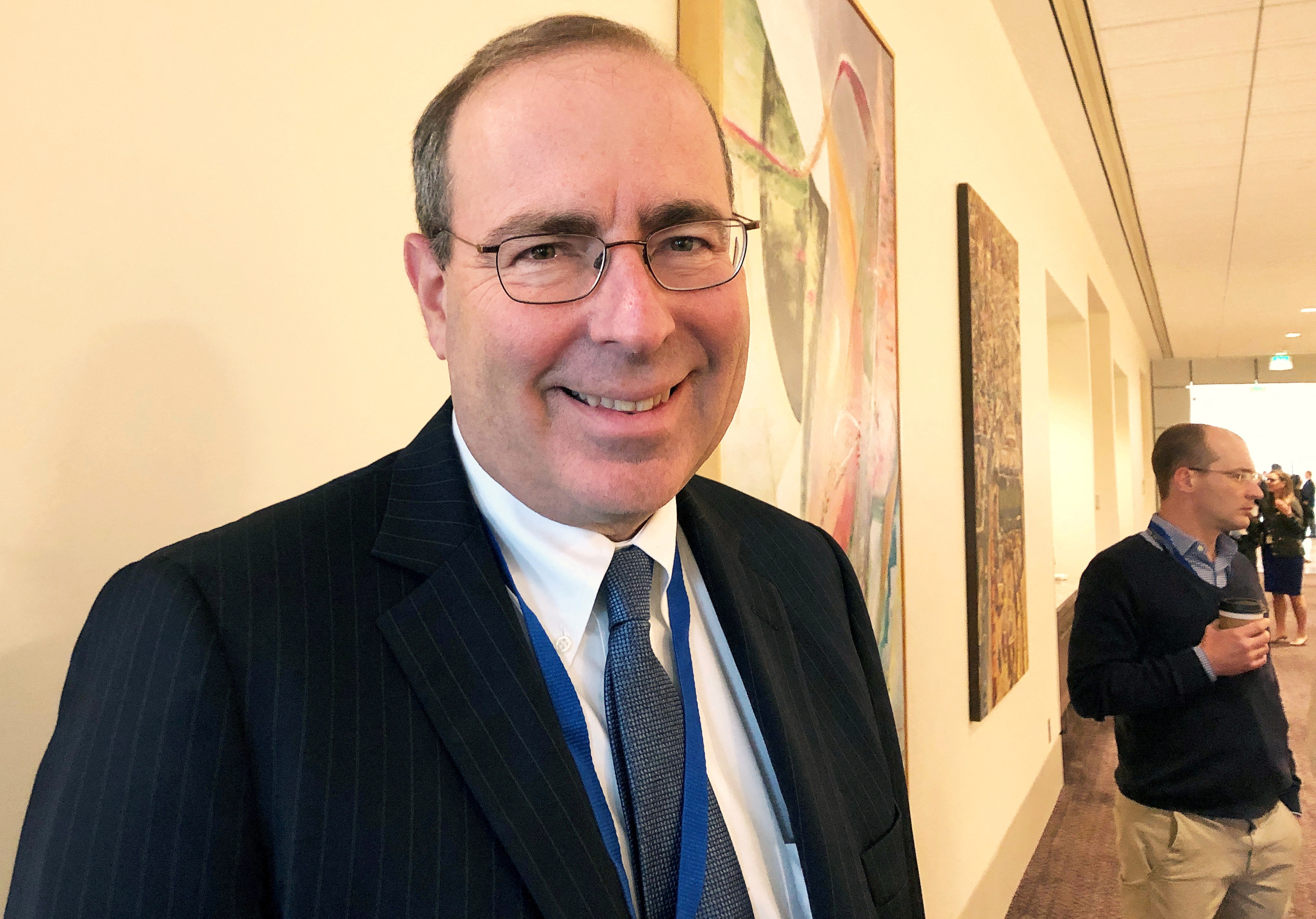
Federal Reserve Bank of Richmond President Thomas Barkin poses during a break at a Dallas Fed conference on technology in Dallas, Texas, U.S., May 23, 2019. REUTERS/Ann Saphir
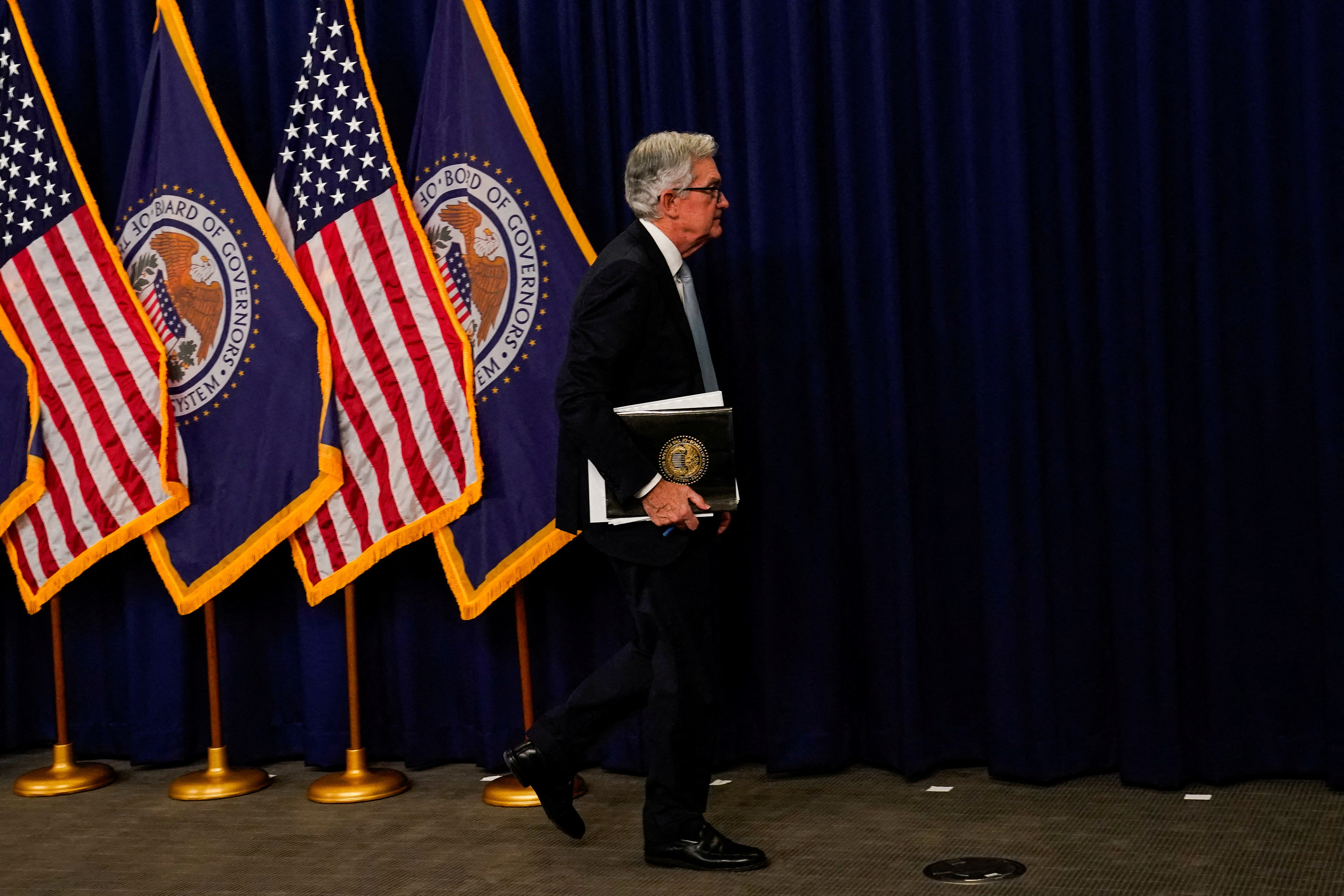
Federal Reserve Board Chairman Jerome Powell leaves a news conference after Powell announced the Fed raised interest rates by three-quarters of a percentage point as part of their continuing efforts to combat inflation, following the Federal Open Market Committee meeting on interest rate policy in Washington, U.S., November 2, 2022. REUTERS/Elizabeth Frantz
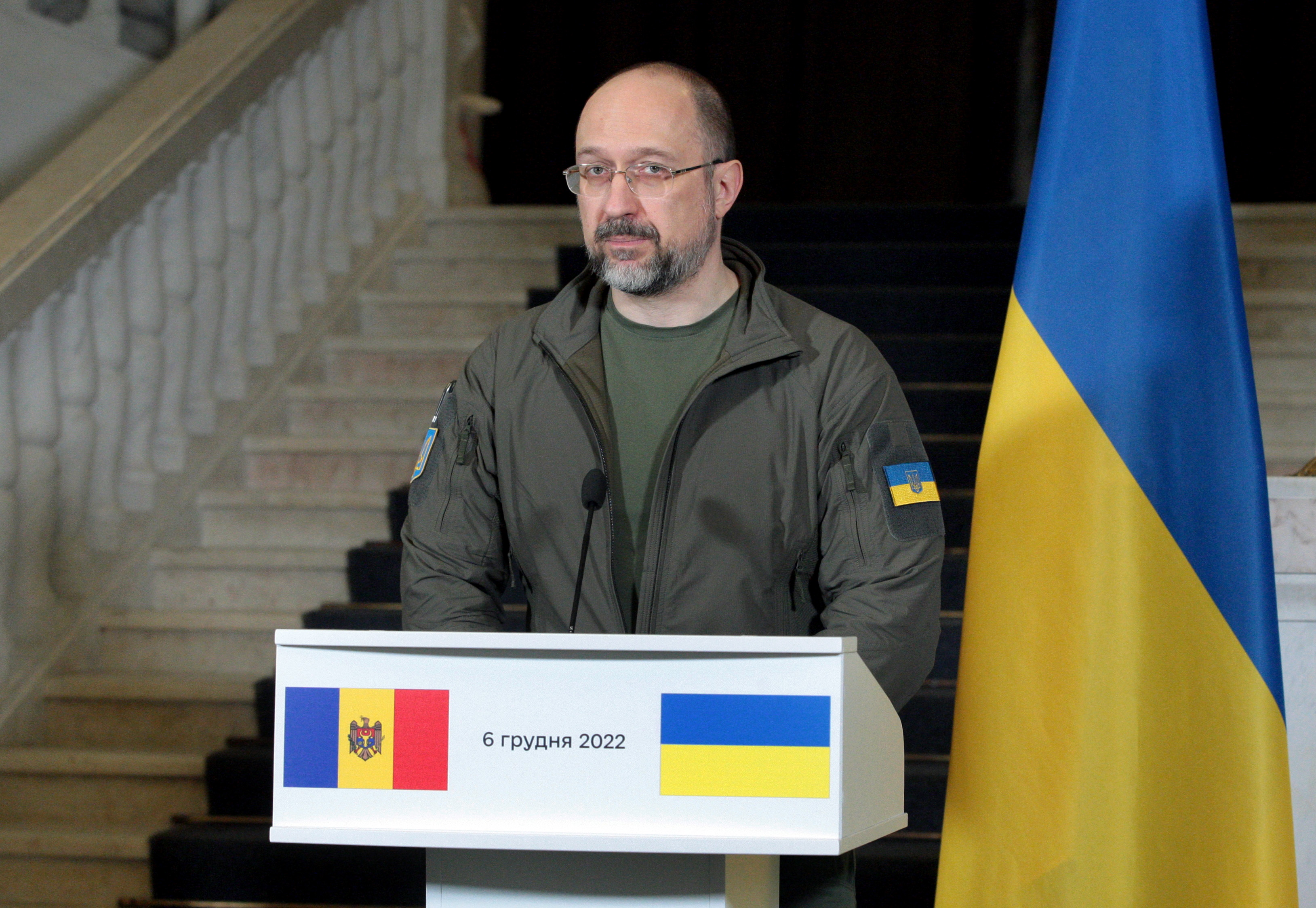 Denys Shmyhal attends a joint briefing in Kyiv on December 6. (Hennadii Minchenko/Ukrinform/Future Publishing/Getty Images)
Denys Shmyhal attends a joint briefing in Kyiv on December 6. (Hennadii Minchenko/Ukrinform/Future Publishing/Getty Images)






